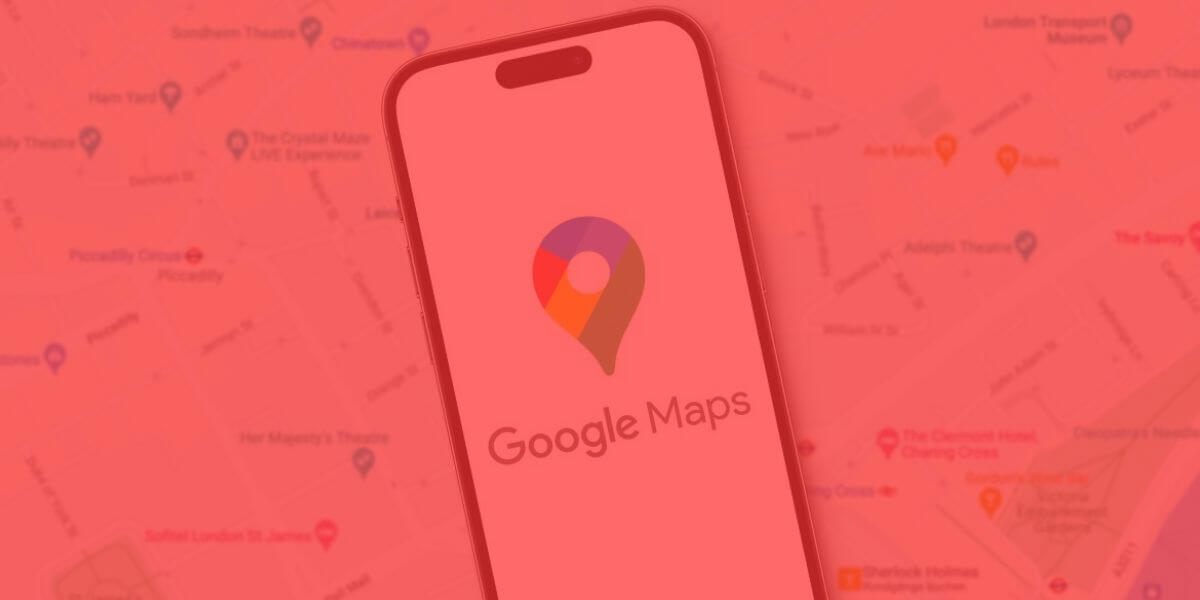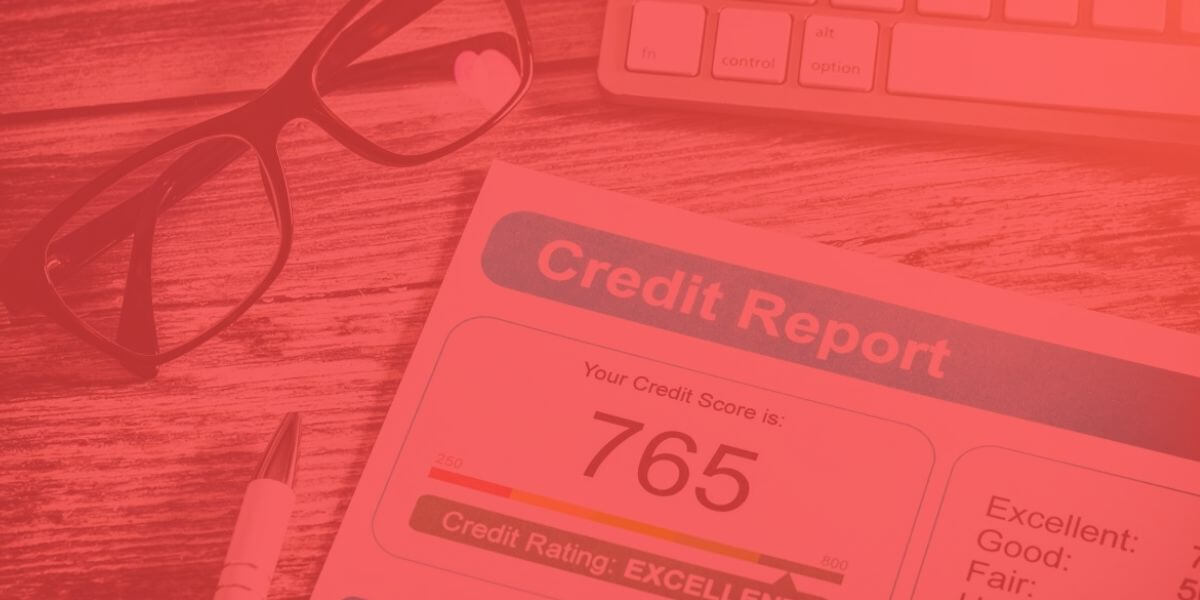Lower your internet bill
61% of people overpay for their internet.
Are you one of them?
Unlock exclusive offers in your area!
Call now
[tel]Enter zip code
1 Star is Poor & 5 Stars is Excellent.
* Required

Written by Rosslyn Elliott - Pub. May 03, 2024 / Updated May 06, 2024
Table of Contents
Are you happy with your Internet service?

About the author
In 2024, your personal information is scattered across the internet like never before. From social media profiles to public records, your sensitive data could pop up in more places than you think.
The ease of finding personal information online has led to growing concerns over privacy, security, and data misuse. For example, phishing attacks alone rose by 1,265% in 2023 according to a report by SlashNext [1]. And the more data a cybercriminal can find about you online, the more effective a phishing attack will be.
So, can you disappear from the internet entirely? Read on to learn some ways to remove your personal information for free. Explore the risks of exposed data and find tips to better protect your information online.
The hard truth is that removing your personal information from the internet entirely is a near-impossible task.
With countless online services, data brokers, and public records databases collecting your information, there will always be some trace of your digital footprint remaining.
But that doesn’t mean you’re powerless. There are steps you can take to reduce the amount of your personal information available online.
Just remember, 100% internet invisibility isn’t realistic in our hyper-connected, data-driven world [2]. Instead of aiming for perfection, focus on taking control of your most sensitive information and reducing your digital footprint.

100% internet invisibility isn’t realistic
While completely erasing yourself from the internet isn’t possible, you can remove a great deal of your personal information from the most common places online. Here is an overview of steps you can take, free of charge:
The first step is to assess the current state of your personal information online. Open an incognito window in your web browser (to avoid search customization) and Google your name, phone number, address, email, and any other key information. Note any sites that come up displaying your personal details. This will give you a hit list to work through in the following steps.
For any sites you can log in to (like online shopping accounts or defunct social media profiles), access your account settings, delete any stored personal information, and then close the account entirely if it’s no longer needed.
For sites you can’t log in to, look for a privacy policy or contact page with instructions on how to request your information be removed. You may need to email the site administrator or submit an online form. While not always successful, this is an important step.
Data brokers are companies that collect personal information from various sources, aggregate it into profiles, and then sell that data to other businesses. Well-known data brokers include Spokeo, Whitepages, BeenVerified, and Intelius.
You can manually opt out from the most prominent data brokers one-by-one. This typically involves finding the broker’s opt out page, filling out a form with your information and proof of identity, submitting the request, and waiting for processing which may take a few weeks.
Key data brokers to remove yourself from include:
While manual opt-outs are free, they are time consuming as there are hundreds of data brokers out there. You may want to focus your efforts on just the biggest brokers listed above. Or, you can consider using a paid service like DeleteMe to handle the opt-out process for you [7].

Opt out of data brokers
Old or unused email accounts can be a treasure trove of personal information, including everything from bank statements to online purchase receipts loaded with your personal details. Worse, an unused account could be compromised without you realizing it.
If you have any old email accounts you no longer use, log in, download any important information you want to retain, and then close the accounts permanently.
Google is the world’s leading search engine. Having your personal information removed from Google search results can substantially reduce your digital footprint.
Google allows you to request the removal of sensitive personal information, including:
To submit a removal request, visit Google’s landing page for personal content removal and select the type of personal information you want removed [8]. If your request is approved, the URLs containing your personal info will be removed from Google search results.
So why go through all this effort to remove your personal information from the internet? Because leaving your sensitive data exposed can cause major damage.
Identity theft happens when someone uses your personal information without your permission to commit fraud or other crimes. Identity thieves may use your Social Security number to open new accounts in your name, make expensive purchases, or even file fake tax returns to collect refunds.
The more of your personal data that’s exposed online, the easier it is for identity thieves to piece together a profile to impersonate you. Removing personal information from the internet helps stop identity thieves by making it harder for them to obtain your data in the first place.

Identity theft
Phishing is a type of online scam where criminals attempt to trick you into revealing sensitive data like login credentials or financial information. Spear phishing is a highly targeted form of phishing attack where scammers use personal details about you to make their message seem more legitimate.
For example, an attacker could use personal information gleaned online to craft an email impersonating your bank, including specific references to get you to let your guard down. By removing personal data from the internet, you reduce the data that attackers can use to build convincing spear phishing attacks against you.
Personal information exposed online can also lead to stalking, harassment, or doxing. Doxing is the malicious publication of private information such as a home address or phone number to intimidate a person.
Removing your personal details helps prevent bad actors from getting hold of sensitive data they could use to threaten you.
This is a high risk for people who are already in the public eye, like celebrities, journalists, and activists. It’s also important for individuals who have attracted unwanted attention online. Scrubbing personal information from the internet is a key way to protect yourself.
The use of your personal data to train AI may cause harm to you or to others. Read more in our full guide on how to stop your data from being used to train AI.
After you remove existing personal information from the internet, it’s critical to be aware of your online habits and adopt best practices for your internet use.
Tighten up the privacy settings on social media accounts to control who can see your posts, photos, and personal details.
On Facebook, for example, you can use the Privacy Checkup and Privacy Shortcuts tools to adjust who can view your profile, posts, and personal information.
Avoid revealing too much personal information in social profiles, like your full date of birth, phone number, and home address. And be cautious about what you post — consider whether you’re revealing more than you should about your identity, location, or personal life.
Be wary about clicking links and downloading attachments, especially in unsolicited emails [9]. Many phishing attacks try to trick you into clicking a malicious link that will steal your data or install malware on your device.
If you receive an email claiming to be from a company, do not click any links. Instead, go directly to the company’s website in a separate browser window or call them using an official phone number from their website to see if the message was legitimate.

Be careful what you click
Always use strong, unique passwords for every online account. A strong password is at least 12 characters long and includes a mix of upper and lowercase letters, numbers, and symbols.
Password managers like 1Password can help you generate and securely store complex passwords so you don’t have to memorize them [10]. Enable two-factor authentication on accounts whenever possible for an added layer of protection.
Keep your computer, smartphone, and tablet software up-to-date with the latest security patches and updates. Many updates include important security fixes for newly discovered vulnerabilities that criminals could otherwise exploit to steal your data.
Turn on automatic updates when possible. Make a habit of checking for and installing updates at least once per week to ensure you don’t fall behind.
When signing up for a new online account or service, be conscious about what personal information you hand over. Before filling out a form, ask yourself:
Avoid giving out personal details unless absolutely necessary. If a site requires a birth date, consider using a fake one. And if you’re asked to agree to a privacy policy, take the time to actually read through it to understand how your data may be shared with third parties.
Consider using an alias or alternative email address when signing up for some online services, especially those you don’t fully trust. This can help protect your primary email address from spam and potential data breaches.
By staying conscious of what personal information you reveal online and being selective about who you share it with, you can prevent many privacy and security headaches down the road.

Verify website before creating sign-on
Many websites use cookies to track your browsing behavior and collect data on your interests. They don’t always do bad things with your data. But sometimes, this data is sold to advertisers and data brokers.
To reduce tracking, you can opt out of cookie tracking in your web browser settings. Look for options to block third-party cookies and enable “Do Not Track" requests. Some browsers, like Firefox and Brave, have enhanced anti-tracking features you can activate for greater privacy. Google is about to disable third-party cookies this year.
Virtual Private Networks (VPNs) and privacy-focused browsers are powerful tools for protecting your personal information online.
A VPN encrypts your internet connection and masks your true IP address, making it harder for websites, advertisers, and internet service providers to track your online activity and location. Some popular VPNs known for their strong privacy protections include ProtonVPN, NordVPN, and ExpressVPN.
Privacy-focused browsers like Tor and Brave have built-in features to block trackers, disable intrusive ads, and prevent browser fingerprinting. Using these browsers can reduce the amount of personal data collected about you as you navigate the web.
Google Maps Street View feature may contain outdated images of your home, vehicle, or other personal property [11]. You might prefer these images not be publicly viewable. You can request the removal or blurring of these images directly from Google.
To do so, navigate to the image in question on Google Maps, click “Report a problem" in the bottom right, and follow the prompts to request the image be removed. Google will review your request and take appropriate action, usually within a few days.

Check Google Maps
Certain personal information, like your address, phone number, and birthdate, can end up in public records that are then scraped and published online by data brokers.
You can try to make some of your public records private to reduce the spread of this personal data. Contact your local government agencies to see what options you have for removing or restricting access to your records.
For example, some states allow you to remove your home address from voter registration records. This is more likely if you can show that a published address represents a safety risk. You may also be able to request that your phone number be unpublished in telephone directories.
It’s worth investigating what privacy options are available for various public records in your area and taking advantage of them when possible.
Keep an eye on your credit reports for signs of fraud or identity theft.
By U.S. law, you are entitled to a free credit report from each of the three major credit bureaus (Equifax, Experian, and TransUnion) every 12 months. Visit AnnualCreditReport.com to request your free reports and carefully review them for any suspicious activity, like accounts or credit inquiries you don’t recognize [12].
Consider placing a free credit freeze on your reports as well. A credit freeze will prevent criminals from opening new accounts in your name, even if they obtain your personal information.
Monitoring your credit and placing freezes when necessary can thwart identity thieves, even if they manage to access some of your personal data online.

Monitor your credit
In a worst-case scenario, your personal information could end up on the dark web after a data breach or targeted cyberattack [13].
The dark web is a hidden portion of the internet only accessible through special browsers like Tor, making it a haven for criminal activity.
Unfortunately, once your personal data makes its way to the dark web, it can be extremely difficult to completely remove. Criminals can continue to trade and sell your information for years after the initial leak.
While you should still take steps to remove any sensitive data from the dark web when possible (such as working with a reputable identity protection service), it’s also critical to prepare for that information to remain exposed.
This means being extra vigilant about monitoring your credit reports and financial accounts, using strong passwords and two-factor authentication, and considering additional protections like identity theft monitoring services.
Catching any misuse of your data quickly can help minimize the damage if your information does persist on the dark web.
The most secure internet connect is fiber internet, but other internet providers can also give you the latest security protocols.
Our resources can help you overcome any difficulties in finding an internet provider. Choosing a reliable ISP will also help your data security.
[1] SlashNext.com. “State of Phishing 2023."
[2] Medium.com. “There’s only one way to disappear on the internet these days."
[4] WhitePages.com. “Suppression Requests."
[5] BeenVerified.com. “Opt Out."
[7] JoinDeleteMe.com
[8] Google.com. “Personal Content Removal."
[9] CISA.gov. “Be Cyber Smart."
[10] 1Password.com
[11] GoogleMaps.com
[12] AnnualCreditReport.com. “Request Report."
[13] SOPA.Tulane.edu. “Everything You Should Know About the Dark Web."

About the author
Congratulations, you qualify for deals on internet plans.
Speak with our specialists to access all local discounts and limited time offers in your area.
[tel]61% of people overpay for their internet.
Are you one of them?
Unlock exclusive offers in your area!
Call now
[tel]Enter zip code